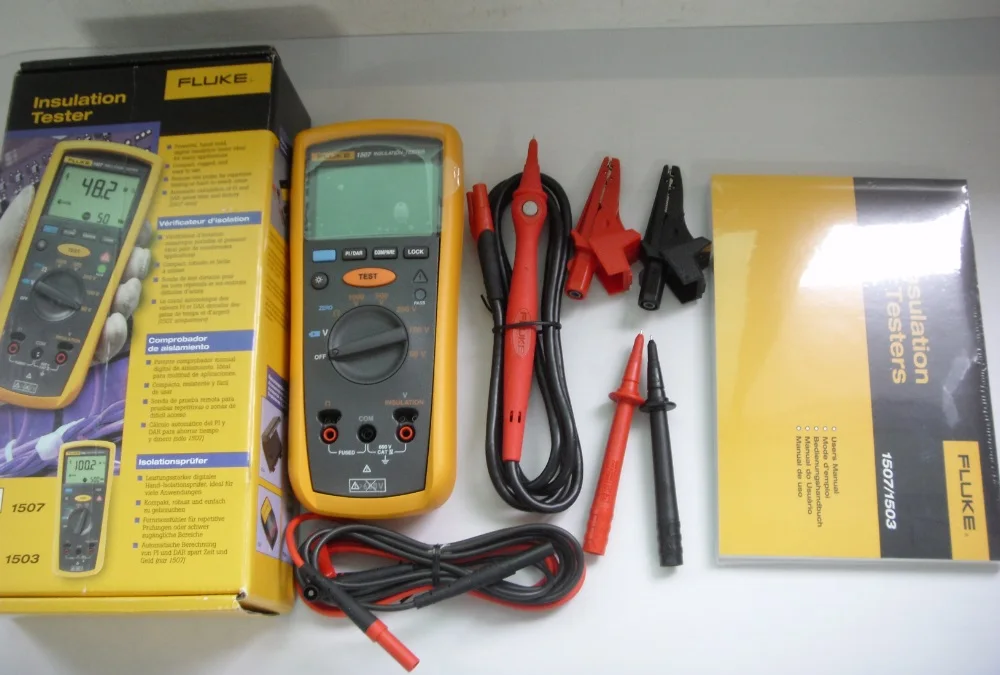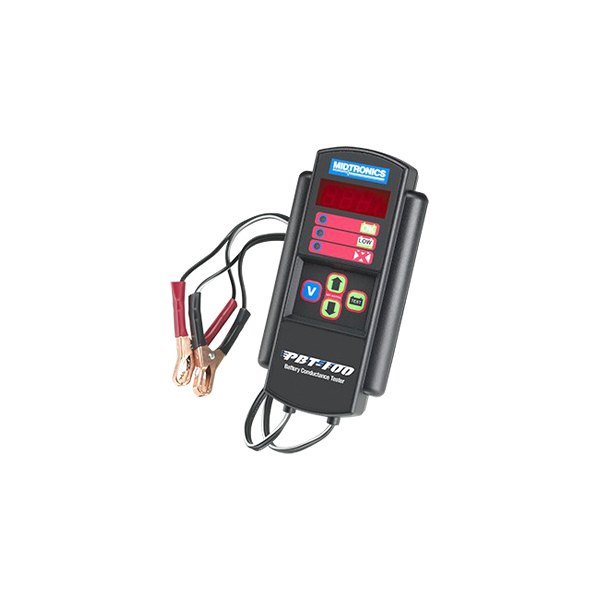

A 20 hour test most closely represents how a boater will actually discharge a house bank and is how the battery got its Ah rating.įor example, when new, cycled, and broken in a Lifeline GPL-31 will deliver 105 Ah’s over 20 hours at a 5.25A load.

shorter tests, such as a 25A or 75A fixed load reserve capacity test because as a battery ages a high rate discharge test and a 20 hour test begin to diverge. It should be noted that we conduct 20 hour tests vs. This particular battery, a Deka/East Penn AGM tested new, once “ cycled-up” to capacity, at 104.5 Ah’s or just shy of its 105Ah rating. The results are more shocking than you’d probably ever imagine.įor the PSOC partial state of charge cycle testing all the batteries were cycled up to rated capacity and a baseline Ah capacity was established using the average of two controlled 20 hour capacity tests to BCI testing standards.

What this article will show you is how actual 20 hour Ah capacity tests compare to conductance battery testers. That PSOC testing spun off some other interesting tid-bits. Over the past 5 months I had to opportunity to run hundreds and hundreds of hours of battery testing for one of the sailing publications (Practical Sailor May 2015 & August 2015). I will be honest when things don’t work out as I had hoped, and battery conductance testers are one of those cases where the product does not do what we were led to believe it could. I am also not the kind of guy who, just because he owns something, will insist it is the best. I am not the kind of guy who likes to mislead folks, so I am just being be honest about our findings. The manufacturers make these testers sound like the second coming of God, and they may be for cranking amps, but they perform rather miserably for translating to SoH or battery state of health based on deliverable Ah capacity. It was not until we got heavily involved in actual physical capacity testing (20 hour capacity tests) & reserve capacity or reserve minute testing that I realized the extent of the errors in these devices as related to usable Ah CAPACITY at the loads a boater would normally use. While this type of use, baseline > forward, may give an indication of changes in the battery they do not easily correlate as well as I initially thought, or was lead to believe by the manufacturers of these products. While I have always maintained a get a baseline > moving forward manner for use, it seems even this may not be as accurate as I had initially thought it was. Over the years I have recommended these testers for boat owners or techs to use, as had the ABYC and other reputable organizations. PUBLIC APOLOGY: First let me begin this by eating some public CROW.


 0 kommentar(er)
0 kommentar(er)
